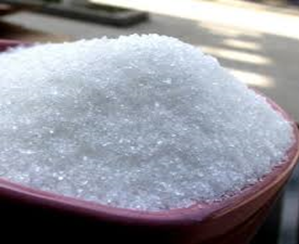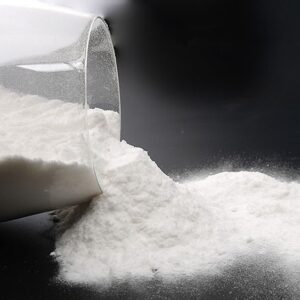Description
.
🔬 Specifications of Calcium Carbide
-
Chemical Name: Calcium Carbide
-
Chemical Formula: CaC₂
-
Molecular Weight: 64.10 g/mol
-
CAS Number: 75-20-7
-
Appearance: Gray, dark gray, or brownish solid lumps or granules
-
Odor: Garlic-like (due to trace impurities)
-
Purity Grades: 50–80% CaC₂ (Commercial grade); higher grades available for specific industrial use
-
Gas Yield: ~290–320 liters of acetylene per kg of CaC₂
-
Solubility: Insoluble in water; reacts vigorously
-
Melting Point: 2,300°C (4,172°F)
-
Packaging: 25 kg or 50 kg drums, steel containers, or sealed containers to prevent moisture contact
-
Storage: Store in a cool, dry place, tightly sealed, and away from moisture
🔧 Applications of Calcium Carbide
1. Acetylene Gas Production
The most common use of calcium carbide is for generating acetylene gas. When calcium carbide reacts with water, it produces acetylene (C₂H₂), which is used in oxy-acetylene welding and cutting, as well as in the synthesis of organic compounds like PVC and acetaldehyde.
2. Metal Industry
Calcium carbide acts as a deoxidizer and desulfurizing agent in steel manufacturing, helping to remove impurities and enhance metal quality.
3. Fruit Ripening Agent
In agriculture, calcium carbide is used to speed up the ripening process of fruits such as bananas and mangoes. However, its use is regulated due to food safety concerns.
4. Mining and Lamp Fuel
In earlier decades, carbide lamps were used in mining and caving. When water contacts carbide, acetylene gas is released and ignited to provide light.
✅ Benefits of Calcium Carbide
-
✔️ Efficient source of acetylene gas
-
✔️ Low-cost solution for gas generation in remote or industrial settings
-
✔️ Versatile industrial applications across metallurgy, chemistry, and agriculture
-
✔️ Effective in deoxidation during steel production
-
✔️ Long shelf life when stored properly in dry conditions
⚠️ Safety and Handling
Calcium carbide is highly reactive with water and should never be exposed to moisture during storage or transport. It can release flammable and explosive acetylene gas, so it must be handled with caution. Use proper PPE (gloves, goggles, protective clothing) when working with it. Storage containers must be airtight and kept in dry, ventilated environments. Always refer to the Safety Data Sheet (SDS) before use.
📌 Conclusion
Calcium Carbide is a powerful industrial chemical with vital applications in gas production, metal purification, agriculture, and chemical synthesis. Its unique ability to generate acetylene gas makes it invaluable in industries requiring portable energy sources or chemical raw materials. When used safely and stored correctly, calcium carbide offers high efficiency, low cost, and broad utility across sectors.









